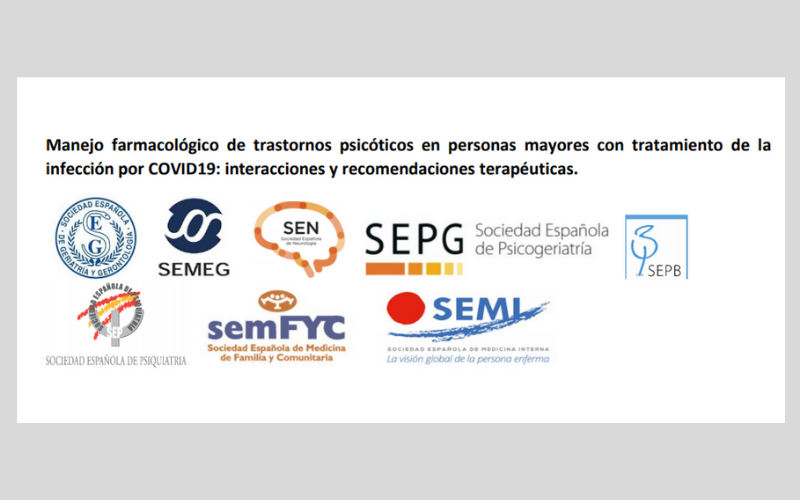
Adaptation to nursing home: The role of leisure activities in light of motivation and relatedness
Archives of Gerontology & Geriatrics
May–June, 2017 Volume 70, Pages 8–13
Emin Altintas, Giorgio De Benedetto, Karim Gallouj
Abstract
Based on the motivational sequence described in Self-Determination Theory, this study explored the relationship between relatedness, motivation, adaptation and leisure in nursing homes. We formulated the hypothesis that the variables of the study would be found in an integrative mediational sequence: Participation in leisure activities → Relatedness → Self-determined motivation → Adaptation to nursing homes. Participants (N = 112, mean age = 84.17) were invited to complete questionnaires assessing these variables. Results of the path analysis found an unsatisfactory fit for this model but revealed another model (Model 2) with a good fit index: Relatedness → Participation in leisure activities → Self-determined motivation → Adaptation to nursing homes → Relatedness. Model 2 fitted better than model 1: the Chi-square values were not significant, Chi2 (df = 2) = 5.1, p = 0.078 and other indices were satisfactory (CFI = 0.930, RMSEA = 0.049 and NFI = 0.918). These results suggest that feeling connected and secure in the relationships with others, and integrated as an individual to the group contribute to enhance leisure practice, self-determined motivation, and finally adaptation to life environment. Consequently, the relatedness promotes leisure activities practice which represents a central adaptive behavior in nursing homes.




